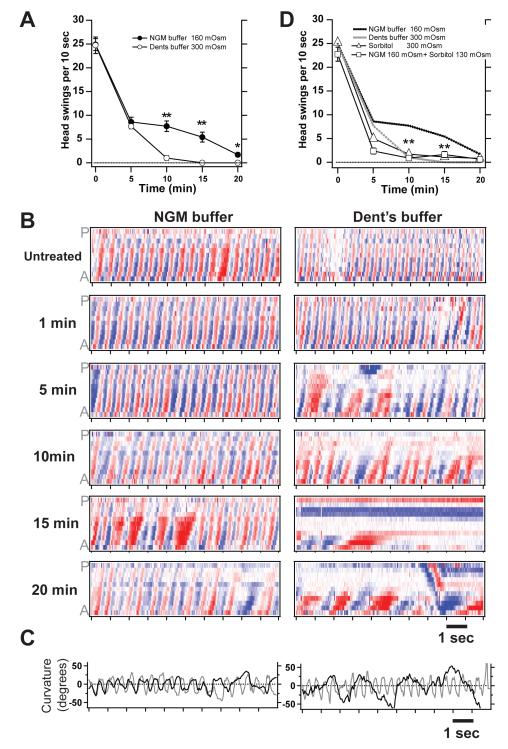Figure 5. Sensitivity to intoxication while swimming depends on exogenous osmolarity.
(a) Time course of intoxication while animals were swimming in 500 mM ethanol. Animals become significantly more immobilized by the same concentration of ethanol in Dent's buffer than in NGM buffer (**, P <0.001). (b) Body curvature matrices during intoxication for one representative animal in NGM buffer and one representative animal in Dent's buffer. Color intensity along the anterior-posterior (A-P) axis versus time represents the amount of bending at given points along the body (red = ventral, white = no bend, blue = dorsal). (c) Plots of neck curvature versus time. Untreated (grey) and 20 minute treatment in ethanol (black). (d) Time course of intoxication while animals were swimming in 500 mM ethanol. NGM and Dent's buffer data are replotted from panel (a). Animals treated with NGM + sorbitol or sorbitol alone were as sensitive to ethanol as those animals treated in Dent's buffer.

